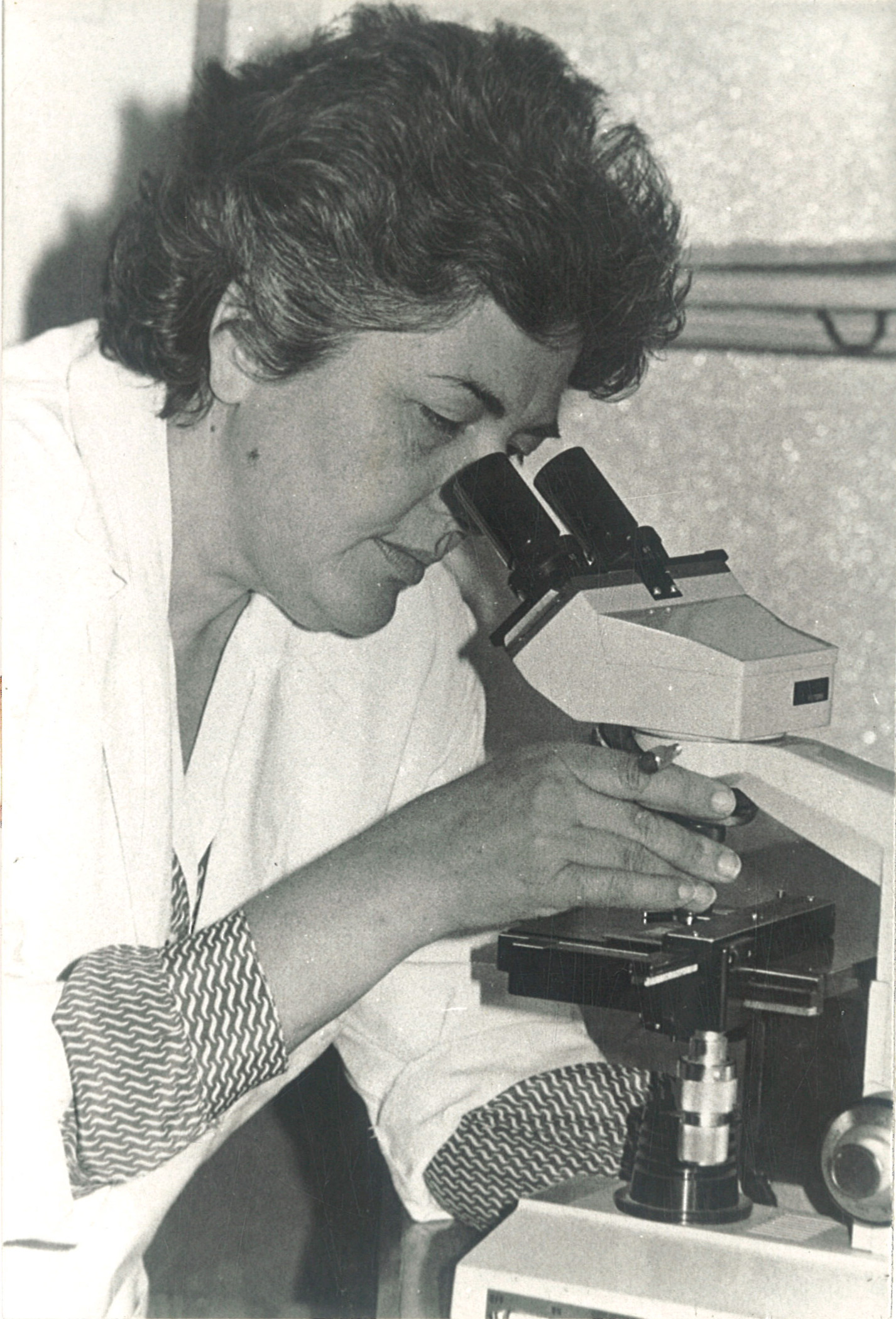Maria de Sousa (1939-2020)

FCT notes with deep regret the death of researcher Maria de Sousa this Tuesday, April 14, 2020. Born in Lisbon in 1939, she had to choose between music as a pianist and medicine. She chose medicine and in 1963 graduated from the Faculty of Medicine in Lisbon, following her path as a researcher between England, Scotland, the United States and Portugal.
FCT has recovered an interview with Maria de Sousa conducted by Ioav Cabantchik, President of the International Bioiron Society, in June 2018, in which she tells her story in the first person. In this interview, Maria de Sousa reveals why she chose research, when she was still practicing medicine and "it was difficult to see patients and have nothing to offer but cortisone, antibiotics and the need to do research was obvious, so I started doing research and I was lucky enough to make a discovery in my first job", the well-known T area.
Considered a "Woman of Science", it was between 1964 and 1966, when she was at the Experimental Biology Laboratories in Mill Hill, London, that she made the great discovery that made her famous in the field of immunology, the discovery of the thymus-dependent area known worldwide as the T area. The researcher understood how the organized migration of lymphocytes, the cells of the immune system that are essential for fighting diseases and infections, took place. In her experiments, she found that in the peripheral lymphatic organs there is space reserved for the lymphocytes of the thymus, the T lymphocytes (the thymus is a gland located in the chest) and other areas for other types of lymphocytes. Before its discovery and until 1964, it was thought that all types of lymphocytes came from the thymus.
In 1968, Maria de Sousa went to Scotland and in 1972 she received her doctorate in immunology from the University of Glasgow. During this period, more precisely in 1971, the researcher gave the name "ecotaxis" to the phenomenon of migration of lymphocytes of different origins, from the thymus and bone marrow where another type of lymphocyte is formed, to specific microenvironments in the peripheral lymphatic organs.
Next stop is the United States, where the researcher worked at the Sloan Kettering Institute for Cancer Research and Cornell Medical College, both in New York, as well as Harvard Medical School in Cambridge (Boston).

Portugal welcomed Maria de Sousa back in 1984, but it was a year later in 1985 that she became full professor of immunology at the Abel Salazar Institute of Biomedical Sciences (ICBAS) in Porto. In 1991, she coordinated the area of health sciences in the process of implementing the external and independent evaluation of Portuguese research centers, conducted by JNICT (Junta Nacional de Investigação Científica e Tecnológica, the predecessor institution of FCT).
Maria de Sousa was decorated by three Presidents of the Republic: in 1995 by Mário Soares, with the rank of Grand Officer of the Order of Infante D. Henrique; in 2012 by Aníbal Cavaco Silva, with the rank of Grand Officer of the Military Order of Sant'Iago da Espada; and in 2016 by Marcelo Rebelo de Sousa, with the Grand Cross of the Military Order of Sant'Iago da Espada. He also received the Bial Grand Prize for Medicine in 1995, the Stimulus to Excellence Award in 2004 and the Gold Medal for Scientific Merit in 2009, both awarded by the Ministry of Science, Technology and Higher Education. It was also in 2010 that she celebrated her jubilation in the Salão Nobre of the Rectory of the University of Porto, where she was awarded the title of Professor Emeritus of the University of Porto in 2011. This was followed by the University of Coimbra Prize in 2011 and the University of Lisbon Prize in 2017.